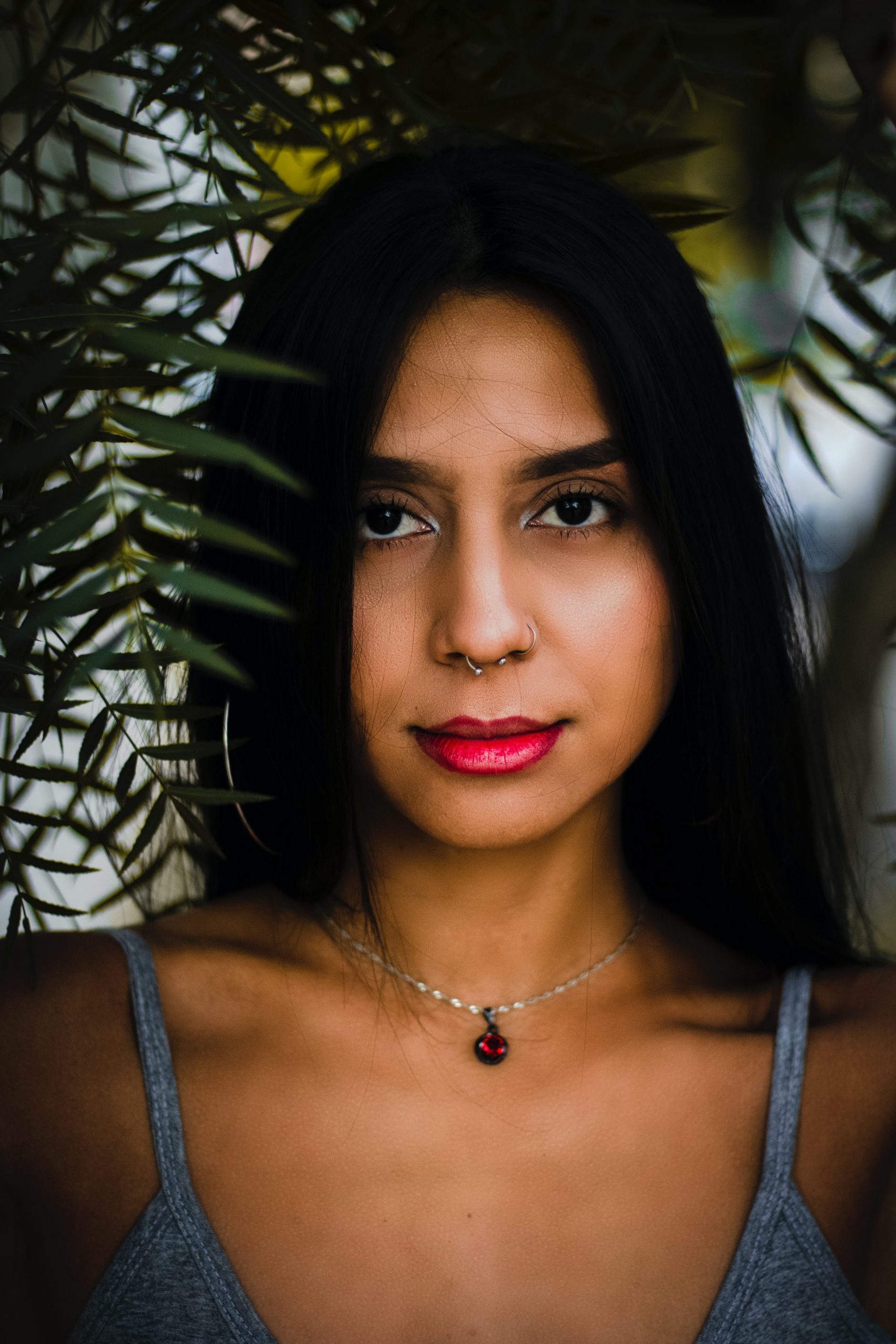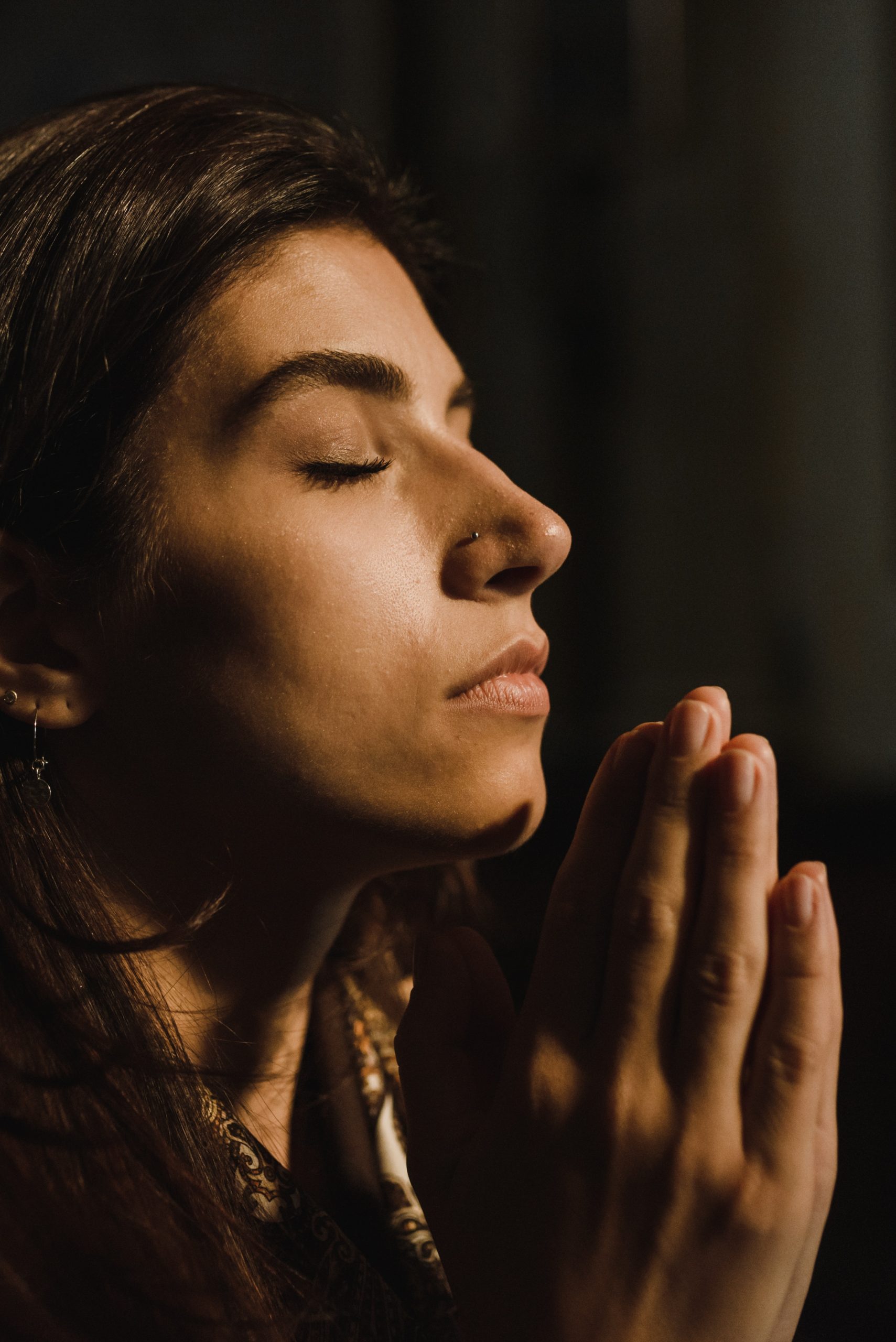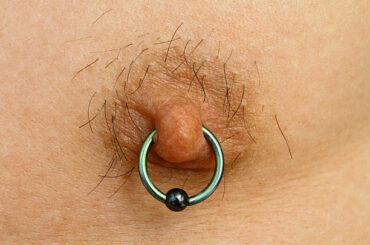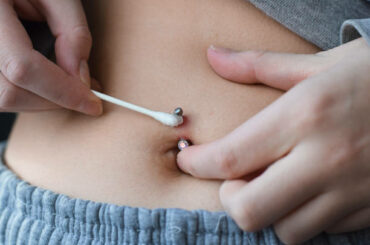Does a nose piercing hurt? Nose piercings are popular but are not always the most comfortable option. A lot of people struggle with the pain and discomfort of nose piercings.
That’s why we’ve put together this article to help you know if it’s right for you!
Contents
What does a Nose Piercing mean?
The most famous type of piercing is nose piercing. As the name suggests, the piercing goes through the Nose, and you can accessorize it with a stud or a ring. There are numerous types of Nose piercings with various placements.
The most popular is a single nose piercing where you can feel a crease above the Nose flare. A skilled piercer will ensure that the placement is ideal for your anatomy.
Additionally, you could have both of your Noses pierced. This can either refer to symmetrical piercings on both sides of your Nose or two on the same side.
If you’re feeling brave, get a high-nose piercing that extends closer to the top of your Nose.
Know more: Will My Nose Piercing Hole Shrink? – Understanding the Dynamics of Nose Piercing Closure
What does it feel like?
Due to its popularity, many people tend to do this piercing assuming that this is low pain. Yes, you are right!
Most people report less pain than expected. But nose piercings are more sensitive and can hurt more than cartilage piercings.
The nose piercing is less difficult because the needle is inserted right into the face. So not much contact with nerves makes feel you more stressed.
Here are some quick tips in order to reduce your discomfort:
- During the procedure, you should keep their eyes closed. Especially if you are afraid of needles.
- The jewelry may itch or show up in the corner of the eye after the piercing. Try not to touch it.
- Try not to pick or scratch the new jewelry until your brain gets used to it.
What will happen after we get our Nose pierced?
You may feel some pain when your piercing is first done. This is normal and should subside within an hour or two. If there were any swelling, it would go down as well.
You can put cold compresses on your Nose to help with the swelling and tenderness. But don’t touch your pierced area directly with ice.
Make sure to clean around the area daily with warm water and antibacterial soap, using cotton balls or gauze pads if needed. It’s also important not to use a harsh cleanser that could irritate the skin further; try baby shampoo instead!
Does a Nose Piercing Hurt?
Although they can be uncomfortable, Nose piercings are rarely unbearably painful. The discomfort varies from person to person, so while one person may find a Nose piercing barely uncomfortable, another may find it excruciatingly painful.
It’s similar to asking, “how long is a line” when someone asks, “how much does a Nose piercing hurt?”
Since sinus piercings go through thinner flesh, they are less painful than nose piercings because they go through thick cartilage. It’s been compared by many to getting hit in the Nose.
How big a Nose Piercing is it Gauge?
Gauges used for nose piercings can also differ. Many people want to insert a piece of fragile jewelry into their nose piercings, but there are better options than this one (especially for a fresh piercing).

The thinnest gauge used by skilled piercers to pierce the Nose is typically 18g to 20g. Some may even opt for a 16g, but since this is a thicker gauge, the decision is usually made by the person getting their body pierced.
Try wearing thinner jewelry once your piercing has fully healed. Keep to the gauge the piercer gave you, though, while it’s healing to prevent the “cheese cutter” effect. This implies that delicate jewelry may start tearing through your piercing and harming it.
What is the price of a Nose Piercing?
It Depends on the way you live and the quality of the studio. Getting your Nose pierced can cost anywhere from $100 to $500. You should budget an average of $80 for the piercing procedure at a studio in a major city, plus additional money for jewelry that promotes healing.
How long does it take a Nose Piercing to heal?
It depends. In general, many people can expect their flesh to heal within 6-8 weeks of the procedure, but this may vary depending on your body and how much you follow good hygiene tips.
If you have any other health issues or are taking medications that could affect your healing process, be sure to speak with your doctor before getting pierced.
Know more : Toothpaste on keloid nose piercing Important in 2023
How do we care for my new nose ring?
Your new piercing should be cared for just like any other body part:
Wash with warm soapy water (no antibacterial soap!) Once a day and dry thoroughly with a cotton ball or towel until no moisture remains on the surface.
I recommend wearing an elastic bandage behind each earring so it doesn’t get caught between piercings while sleeping at night. This also prevents irritation around where they’re going through!
Clean your piercing twice a day, once in the morning and once before bed. You can spray sterile saline on your piercing at various intervals throughout the day and when you shower in order to avoid drying.
Are there ways to minimize the pain and reduce the risk of infection?
You can minimize the pain and reduce the risk of infection by taking some simple steps.
Take painkillers such as ibuprofen or acetaminophen (Tylenol). You will be able to inhale through your Nose more easily thanks to these helping to reduce swelling.

Use a topical anesthetic like lidocaine jelly or anesthetics cream, which numbs your skin while also numbing nerves in areas sensitive to pain. The numbing effect lasts longer than most other types of anesthetics.
However, the drying effects of topical anesthetic creams, gels, and liquids on the lips, tongue, and gums may result in dryness after use because water won’t stay where it’s applied on top of dry skin because there isn’t enough moisture left behind.
Conclusion
In conclusion, The pain experienced during a nose piercing is subjective and typically lasts a few seconds. Factors like individual pain tolerance and anxiety can influence the perception of pain. It’s crucial to choose a professional piercing studio for a well-executed procedure, ensuring proper hygiene and technique. Following aftercare instructions is essential for a smooth healing process and minimizing complications. Despite initial discomfort, many find the pain manageable and short-lived.





